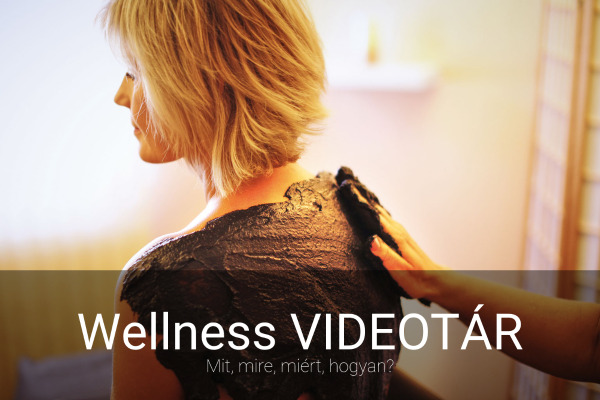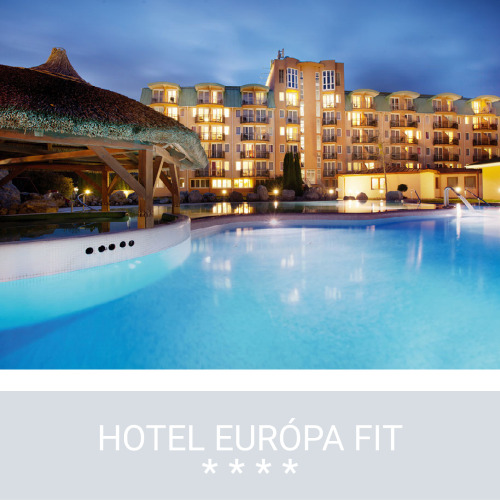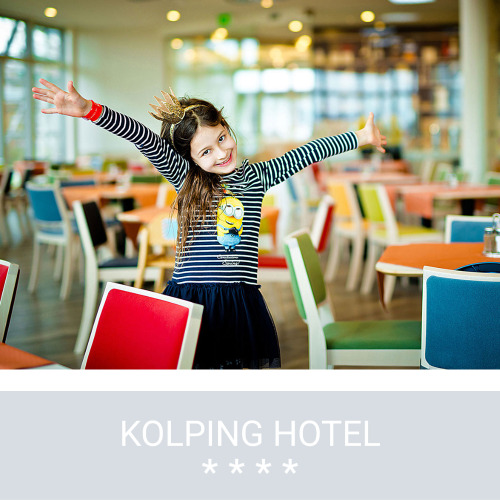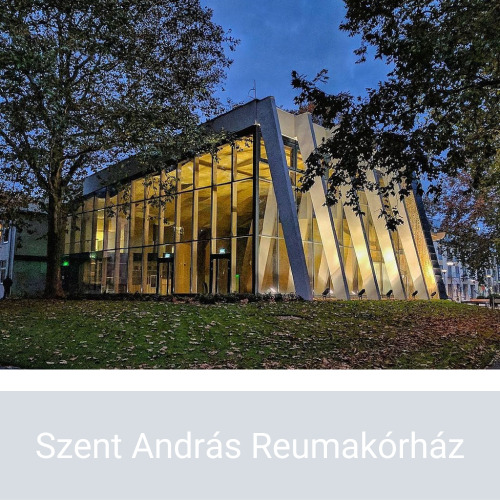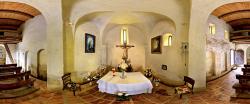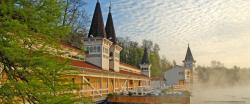Main Entrance &
dr. Schulhof Vilmos promenade and Ady Endre Street |
||
|
||
|
Early season / Off season
25. March 2024 - 25. May 2024
9. September 2024 - 9. October 2024
|
||
| Open: 9:00 Closing of the cashdesk: 17:30 End of bathing time/wellness: 18:00 Closing: 18:30 |
||
|
High season
27. May 2024 - 8. September 2024
|
||
| Open: 8:30 Closing of the cashdesk: 18:00 End of bathing time/wellness: 18:30 Closing: 19:00 |
||
| Holiday time in December | ||
| Closing time on 24.12.2024 is at 14:00; on 31.12.2024 at 16:00. Opening time is at 11:00 on 01.01.2025. |
Search
Kizárt szavak
Tiltott szavak
- cialis
- viagra
- php
- sql
- html
- https
- http
- chr
- script
- sex
- porn
- sexmassage
Alternatív kifejezések
- =
1. Massage
Last modification: 2019. June. 13. 14:39
Találati relevancia adatok
Tárolt adatok:
2. For sports problems
Last modification: 2022. March. 01. 14:05
Találati relevancia adatok
Tárolt adatok:
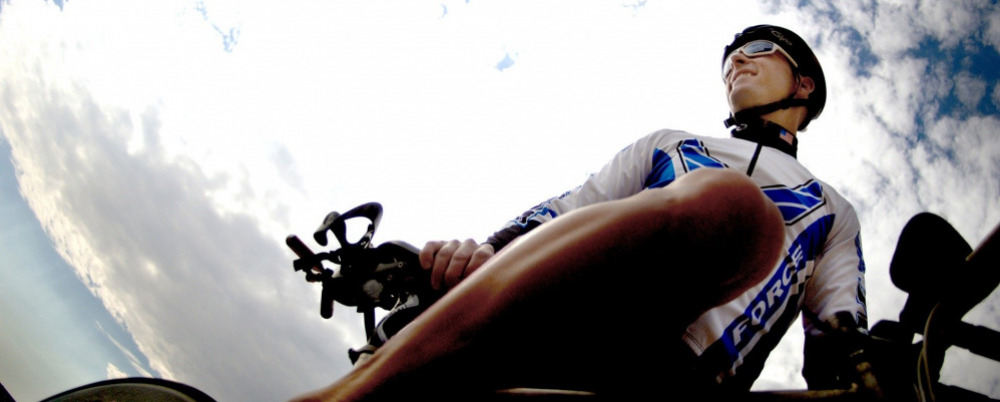
Take a few days out of your hectic life and let yourself relax as you want to be in good shape 10-20 years later too. Whether you do sport occasionally or competitively, your muscles can't be used without end and you also need to rest.
Try the suspension treatment and bathing in the hot water of Lake Hévíz as it's proven to be good for your joints, and the rising mist and fresh air clears your airways. Get expert hands to massage your stiff muscles, detoxify your body in a sauna, a steam room or with a light diet. Stay fit and healthy for a long time, give yourself a few days every six months to recharge your batteries without the need for medicinal therapies or pills, only with the power of nature and quality relaxation.
How can you recharge your batteries in Hévíz?
People who come to Hévíz for recreation usually stay for 3-5 days.
They use services that provide a sufficient amount of refreshment, while still having time to actively relax and explore the area with family and friends.
The most common services are the following:
- Kinesio Movement Analysis Lab
- therapeutic and wellness massages
- sauna, cryosauna
- steam room
- gravity inversion table
- individual gymnastics
- aquafitness
- salt room
- oxygen therapy
- wraps
This is how you can spend your free time actively:
- running trails in the Hévíz Protective forest and running trails in the Keszthely Hills
- bike routes towards Lake Balaton and Kis-Balaton
- outdoor and indoor adventure parks with several levels of difficulty, climbing walls, fitness exercises
- hiking trails and nature trails with look-out points and castle ruins
- water sports and canoeing in several locations
- hot air ballooning with the largest balloon in Hungary
- cave tours with crawling and climbing
- paintball, go-karting, bowling, rifle shooting for the adventurous people
How to book the services?
If you would like to take the services in a spa and wellness hotel, get more information about the services available, book and pack. If you are not staying in one of these places, you can still visit the hotels as a walk-in guest for massages and other wellness services, or book an appointment at the Festetics Bathhouse.
Would you like to know what treatments and services are available in Hévíz? Click on the video gallery
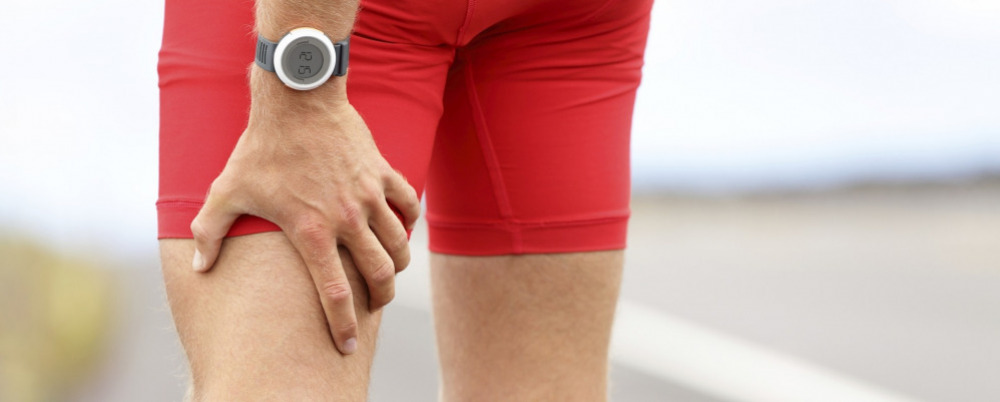
Do you have a strained muscle, a crush injury or are you simply exhausted after a race? Regeneration in Hévíz is not just about a muscle rub.
Whether in amateur or competitive sports, injuries and muscle fatigue are almost impossible to avoid in the long run. After an intensive training period or a strenuous competition period, or even after minor injuries, you will need a general rest period. But in order to help overworked and exhausted muscles and joints, to regain their fitness as soon as possible, professional help is needed.
Usually, 4-7 days in Hévíz are recommended for regeneration. A rapid therapy, some medical wellness or even 1 or 2 medical treatments can be included in a week’s stay.
How can you regenerate in Hévíz?
Those who come to Hévíz to regenerate usually use services that result in a quick recovery even in a short time.
The services and treatments most commonly used are
- Kinesio Movement Analysis Lab
- therapeutic and wellness massages
- sauna, cryosauna, steam room
- gravity inversion table
- individual gymnastics
- oxygen therapy
- medicinal mud and other (humino, sulphur, ritex, PCP etc.) joint wraps
- spine-liner treatment or shock wave therapy
- ultrasound treatment
- TENS
- kinesiology patch/tape,
Depending on the injury, joint-friendly active leisure programmes can include:
- swimming in thermal water, open water or in a sports pool
- running trails in the Hévíz Protective forest and the Keszthely Hills
- bike routes towards Lake Balaton and Kis-Balaton
- hiking trails and nature trails with look-out points and castle ruins
- canoeing, kayaking and SUP on Lake Balaton and Kis-Balaton
- outdoor yoga
How to book the services?
If you would like to take the treatments in a spa and wellness hotel, get more information about the treatments available, book and pack. If you are not staying in one of the spa and wellness hotels, you can still visit the hotels as a walk-in guest, or book treatments at the Festetics Bathhouse.
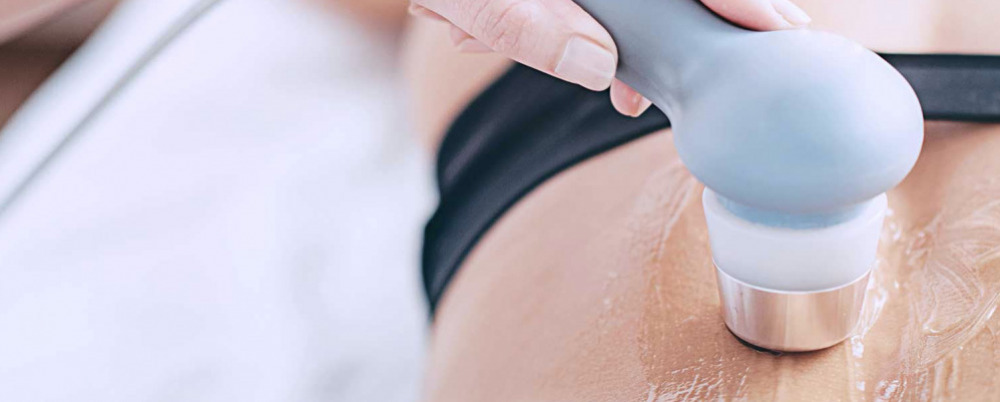
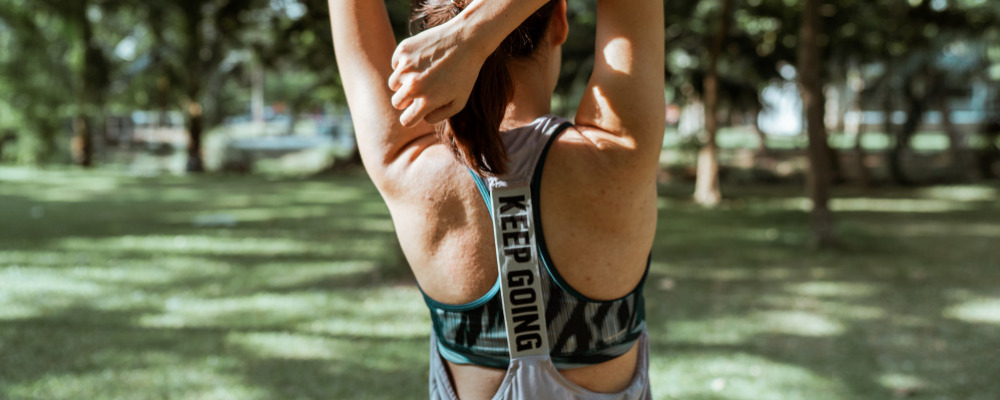
Although musculoskeletal complaints are similar, athletes require a different type of treatment.
For athletes, the recovery process is more than just pain relief.
It also includes a proper diet, activation of the body, and mental refreshment. For this purpose, the packages offered to sportsmen and sportswomen in Hévíz contain medical treatments, relaxation programmes, active leisure activities and a wide range of menus that can be easily integrated into the diet. For athletes, personalisation is also evident as the treatments should be in line not only with the severity of the problem but also with the athlete's lifestyle, training schedule and competition calendar.
The following hotels have also put together tailor-made offers for athletes.
The St. Andrew’s Hospital for Rheumatic Diseases in Hévíz provides medicinal treatments in the framework of in-patient or out-patient care.
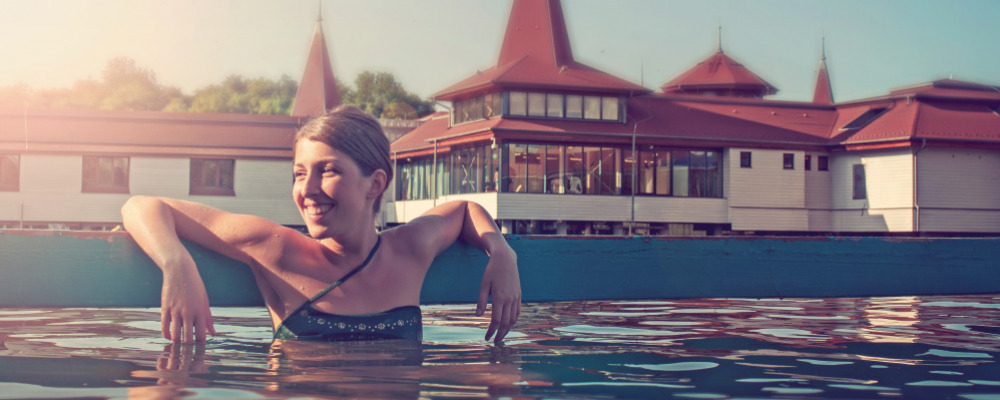
Water's buoyancy relieves pressure on joints, minerals soothe pain, the suspension helps correct spinal deformities
It is no wonder that swimming is one of the most recommended sports. Bathing in hot thermal water is the best natural treatment for joints. And the suspension is the most effective "medicine" for the spine. There is only one place in the world where these three factors can be combined.
Swimming and being suspended, i.e. floating in a vertical position, in Lake Hévíz can only be experienced in Hévíz. The right water composition, water temperature, water depth and water surface of sufficient size are only given here.
Swimming because it is a type of movement in which gravity has only a small effect on the body, and due to the buoyancy of the water, you can strengthen your muscles and joints without putting them under strain. Swimming, on the other hand, can exercise the entire musculature of the body, but it is also good for the spine because it helps to correct spinal deformities. In addition, thermal water has an anti-inflammatory and analgesic effect, and bathing in hot water has a stress-relieving effect on the whole body. From this point of view, it provides a complex therapeutic experience for the bather.
It has a great advantage: it can be done at any time. Although there are specific cases where it is not recommended, it is the best and most natural treatment for the vast majority of people.
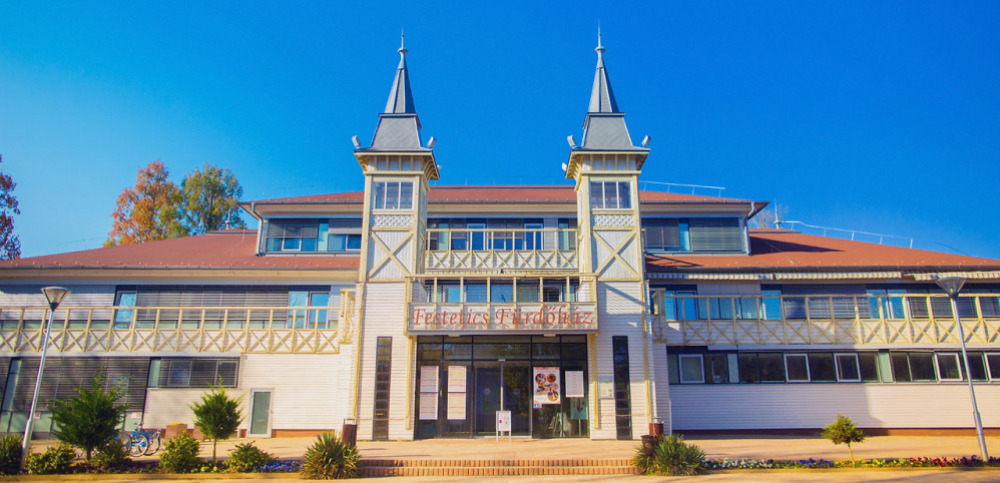
Opening hours
Summer EntranceDeák Ferenc Square |
CLOSED AT THE MOMENT |
| Opernin: 8:30 Closing of the cashdesk: 18:00 Closing: 19:00 |
Hévíz Lake Bath reserve the right to change the opening hours and prices.
Hévíz Lake Bath Telephone:
+36 30 959 1002
Hévíz Lake Bath and Festetics Bathhouse price list
Valid from 01. April 2023. until withdrawn
3-hour tickets |
|
| 3-hour ticket | 4 500 Ft |
| 3-hour senior ticket / over 60 years old | 4 000 Ft |
| 3-hour student ticket / over 14 years old | 4 000 Ft |
| 3-hour children ticket / between 6 and 14 years old | 2 400 Ft |
| 3-hour group ticket / up to 20 people |
4 000 Ft / p |
Daily tickets |
|
| Daily ticket |
7 500 Ft |
| Daily senior ticket / over 60 years old |
7 000 Ft |
| Daily student ticket |
7 000 Ft |
| Daily children ticket / For children between 6 -14 years of age. Admission for children under 6 is free. |
3 600 Ft |
Combined family daily ticketsMinimum 3 person, if at least 1 person is a child. |
|
| Adult | 7 000 Ft / p |
| Student (over 14) Senior (over 60) |
6 000 Ft / p |
| Children (between 6-14) | 3 600 Ft / p |
Additional tickets |
|
| + 1 hour extension (for the 3-hour tickets) |
1 800 Ft |
| + upgrading to daily ticket (for the 3-hour tickets) |
3 600 Ft |
| + additional wellness ticket (for all tickets) |
3 300 Ft |
| Time limit fee (For exceeding the time limit, for every 30 minutes started.) |
1 000 Ft |
Lake Passes
|
|
| 10-hour Lake Pass - Valid on the day of purchase + 15 calendar days. |
13 000 Ft + 2 000 Ft deposit |
| 20-hour Lake Pass - Valid on the day of purchase + 25 calendar days. | 23 000 Ft + 2 000 Ft deposit |
Other ticket types
|
|
| Discounted Ticket before Closing (available 2 hours before the end of bathing time) |
3 600 Ft |
| Visitor's Ticket (bathing is not included, max. 30 min) |
1 900 Ft + 3 000 Ft deposit |
| Luggage room (seasonal) | 300 Ft / package |
| Swim-rig rental (daily fee) |
700 Ft + 2 000 Ft deposit |
Single-day tickets: Usable on the day of purchase only. Entitles the bearer to one-time entry. An additional charge will be levied if the allotted time limit is exceeded. Additional time extension cannot be purchased after the time limit has expired.
Lake passes: Deposits are refundable within 5 days of expiery. Refunds are payable in cash only, each day before the end of bathing time. Passes eintitle the bearer to enter the premises on two occasions per day. Following the bearer's first exit, a 15-minute wait period is required before return entry is permitted. Upon exiting the premises, locker number assignments are automatically cleared, after which we can accept no liability for contents. An additional charge will be levied if the alloted time limit is exceeded.
General information
- Valid from 09.05.2020 until withdrawal.
- The depth of the medicinal lake is 2-38 meters.
- Free use of changing rooms (included in the entrance fee)
- A sauna sheet is provided free of charge if you buy a ticket that entitles you to the use of the wellness facilities.
- The services of the wellness area are only available to persons over 12 years of age.
- Children under 6 years of age are admitted free of charge.
- The deposit is refundable within 72 hours of expiry.
- Daily tickets are valid only on the day of purchase.
- All tickets are valid for one entry a day only.
- We are not able to refund the price of the purchased tickets.
- We reserve the right to change prices and opening hours.
- An ATM is available during the opening hours in the building accessed from the Schulhof Promenade.
You can have more information about our special offers at the cash desks or on our website.
Hévíz Lake Baths phone number: 06 83 30 959 1002
3. Medicinal mud
Last modification: 2019. June. 13. 15:02
Találati relevancia adatok
Tárolt adatok:
4. Hydrotherapy
Last modification: 2019. June. 13. 14:10
Találati relevancia adatok
Tárolt adatok:
5. Additional elements of the therapy
Last modification: 2019. June. 13. 14:52
Találati relevancia adatok
Tárolt adatok:
6. Wine culture of Egregy hill
Last modification: 2019. June. 12. 13:58
Találati relevancia adatok
Tárolt adatok:
7. Places for wine tasting
Last modification: 2019. July. 11. 11:11
Találati relevancia adatok
Tárolt adatok:
Friday 13th did not bring the Borbély Family Winery bad luck.
On 13th February 2015 the Wine of Town Hévíz was chosen for the 8th time, organised by the Hévíz TDM Association.
During the public and professional rating of the jury, the visitors could taste the six best wines. They intended to choose the wine that reflects the atmosphere of town Hévíz and would certainly appeal to the general public. That is why the Borbély Family Winery’s Gabriella Muscat Ottonel ’2014’ of Badacsony was chosen. According to the opinion of the jury it is harmonious, elegant and keepable, it suits well to the atmosphere of the spa town and it could be a worthy representative of Hévíz, since this wine will represent the town at touristic and protocol events in 2015.
The Wine of Town Hévíz 2015 can be purchased in the Tourinform Office in Hévíz and will be available at most of the restaurants and bars of Hévíz from the end of February 2015.

Find our wines in the Tourinform Office, restaurants, at your accommodation or in souvenir shops, and add to the good reputation of our town!
Welschriesling of Rezi of the vintage 2013 has become the Wine of Town Hévíz
The 7th Wine of Town Hévíz Selection took place at 1 pm on 23rd April 2014 in the Assembly hall of the Local Government of Hévíz. 10 wineries from County Zala and the Balaton Wine Region were invited. All of them could enter with not more than two types of dry white wine produced in the Wine Region.

8. Recipe tips from Hévíz
Last modification: 2019. June. 12. 14:13
Találati relevancia adatok
Tárolt adatok:
9. Weight bath
Last modification: 2019. July. 01. 07:55
Találati relevancia adatok
Tárolt adatok:
10. Special leisure programs
Last modification: 2020. April. 08. 11:11
Találati relevancia adatok
Tárolt adatok:
11. Wellness ABC
Last modification: 2019. June. 14. 08:41
Learn about the most important wellness treatments
Találati relevancia adatok
Tárolt adatok:
12. Museums
Last modification: 2021. April. 23. 13:01
Találati relevancia adatok
Tárolt adatok:
13. Churches
Last modification: 2019. July. 22. 13:21
Találati relevancia adatok
Tárolt adatok:
14. Physiotherapeutic treatments
Last modification: 2019. July. 01. 08:00
Találati relevancia adatok
Tárolt adatok:
15. The buildings of the Hévíz Lake
Last modification: 2019. July. 24. 14:45
Találati relevancia adatok
Tárolt adatok:
If we carry on towards south, the next building is a restaurant and assembly hall. The border of the Festetics Estate stretched to this building; this was the first house built from stone. It was built at the end of the 1860s for accommodating guests of the thermal bath. An additional storey was added to the building in 1909, and it became a “Cure Saloon” („Kúrszalon”), which at the time was necessary at bathing resorts. Currently the assembly hall of Szent András Reumakórház (Saint Andrew Rheumatologic Hospital) can be found here.
16. Natural attractions
Last modification: 2019. July. 22. 11:55
Találati relevancia adatok
Tárolt adatok:
17. Wine and gastronomy
Last modification: 2019. June. 12. 13:44
Találati relevancia adatok
Tárolt adatok:
18. Getting around Hévíz in a wheelchair
Last modification: 2019. October. 17. 10:56
In the town, everyone strives to make it easier for guests with limited mobility to enjoy their holiday in Hévíz and to be able to use services conveniently.
Találati relevancia adatok
Tárolt adatok:
19. Man-made attractions
Last modification: 2019. July. 22. 14:30
Találati relevancia adatok
Tárolt adatok:
20. Hévíz by bike
Last modification: 2020. May. 25. 11:34
